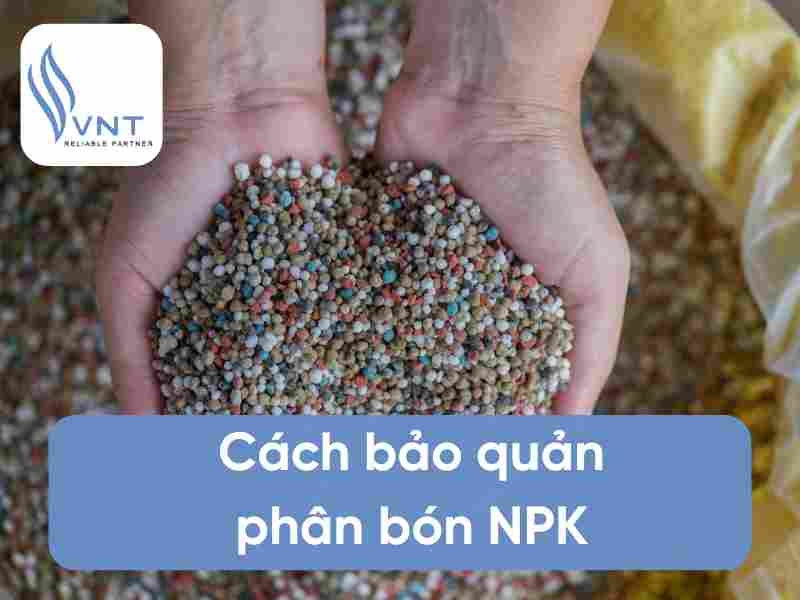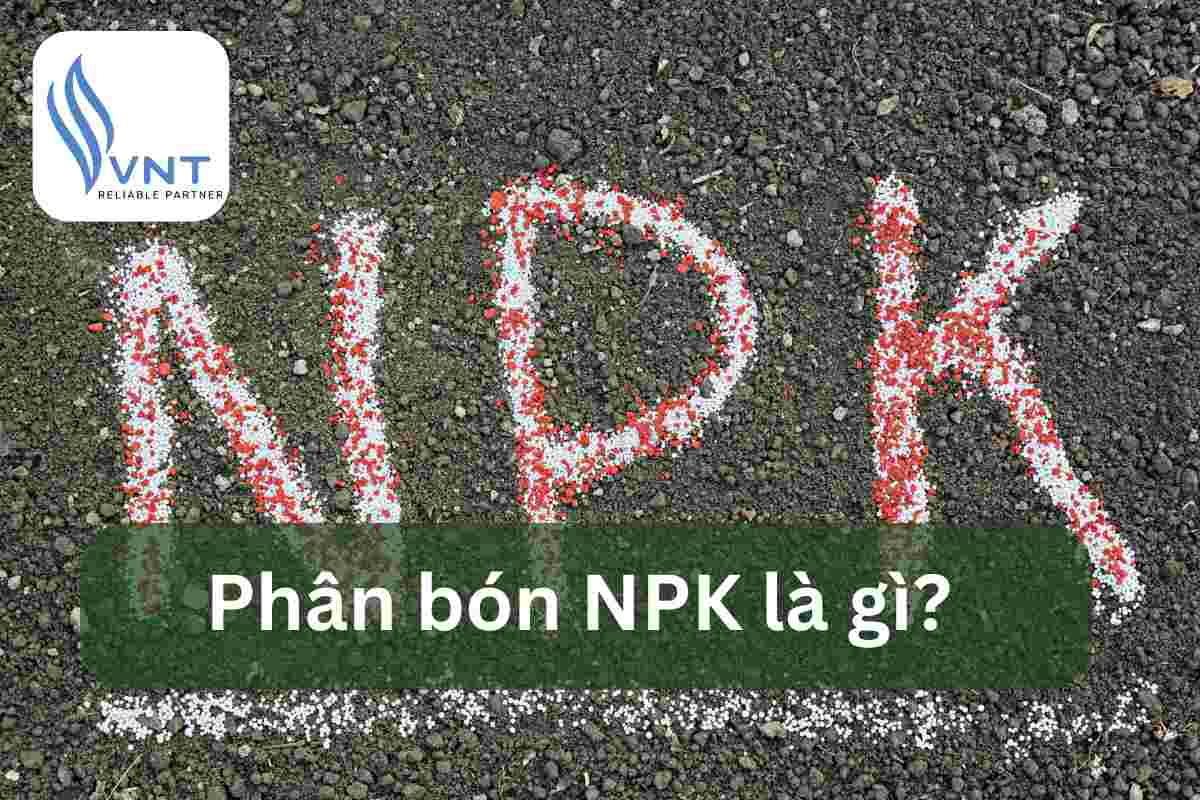KALI NITRAT AND 7 GREAT APPLICATIONS FOR PLANT
Potassium nitrate, also known as saltpeter, is an ideal source of nitrogen and potassium for agricultural crops. It is a chemical compound with the chemical formula KNO3. In the past, people used it to make some types of explosives. In nature, there is only a small amount of potassium nitrate. Let's find out the details in the article below with VNT.
What is potassium nitrate??
As a chemical, KNO3 is considered a source of nutrients for agricultural crops and is especially harmless to human health.
Potassium Nitrate is absorbed faster than potassium fertilizer on crops of all other mixtures. KNO3 increases productivity and improves quality in vegetables, crop fields, flowers, fruits and tree nuts.
It is available in a wide range of compositions and formulations, tailored to the specific requirements of crops and growth environments.
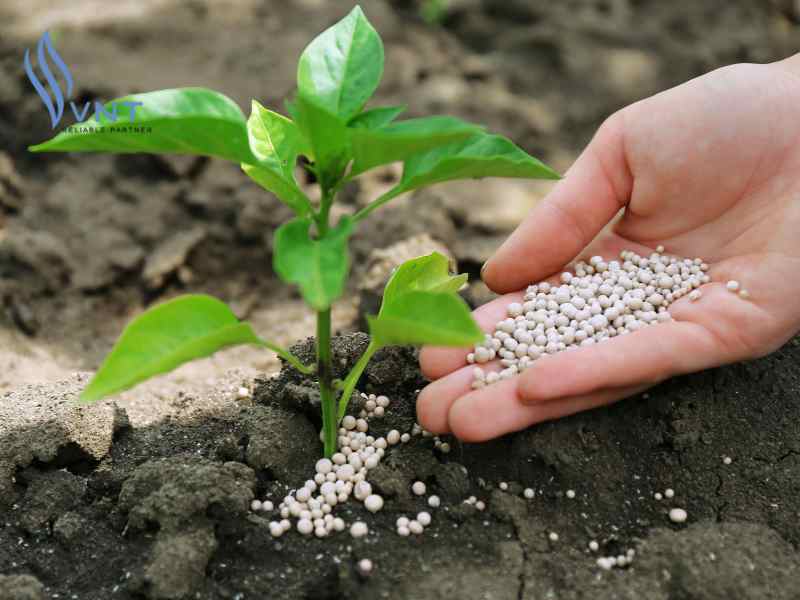
What is Potassium Nitrate?
7 Applications of Potassium Nitrate for Plants in Agriculture
Potassium Nitrate is mainly used in fertilizers, as a source of nitrogen and potassium – two of the nutrients for plants. When used by itself, it has an NPK rating of 13-0-44.
1. Effective source of nutrients for plants
- KNO3 includes synthetic nutrients. It includes potassium cations (K + ) and nitrate anions (NO 3 – ), with NP 2 O 5 -K 2 O analysis 13-0-46. (13% N is equivalent to 62% NO 3 – 46% K 2 O is equivalent to K 38% + , 100% synthetic KNO 3 ). Potassium nitrate is a fertilizer that provides both nutrients, the highest in the composition of any plant
– KNO3 Potassium nitrate is absorbed efficiently. The synergistic effect between K + and NO 3 – facilitates the absorption of both ions by the roots of the plant.
– KNO3 Potassium nitrate is available in crystalline and prill forms, allowing researchers to create many forms of fertilizer matter.
– It is also applied in foliar sprays for direct absorption by the plant cells.
– KNO3 Potassium nitrate is an excellent source of potassium. Potassium is the main cation in the plant, electrically balancing most of the negatively charged mineral anions and organic carboxylates.
Therefore, potassium nitrate is essential for the normal growth and functioning of plant tissues.
The potassium cation (K + ) plays an important role in many cellular metabolic processes, serves as an osmoregulator and is involved in some water management processes of plants.
– KNO3 Potassium nitrate provides readily available nitrogen. Nitrate is the available form of nitrogen for plant uptake.
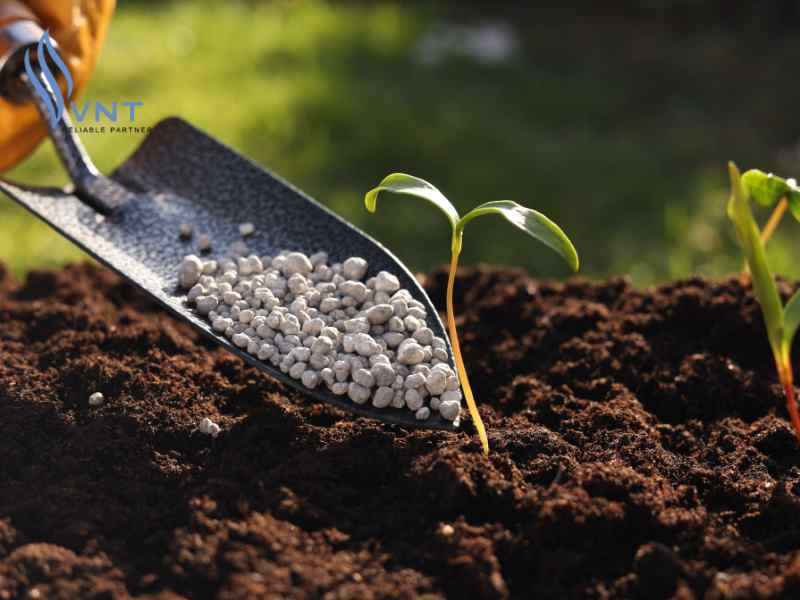
Effective source of nutrients for plants
2. Potassium nitrate for healthier plants
Basically, KNO3 is not toxic but beneficial to plants. It helps increase resistance to support healthier plants. Potassium nitrate is not toxic to roots. Unlike ammonium, potassium nitrate does not kill plant roots at high soil temperatures.
KNO3 reduces Cl uptake and counteracts the harmful effects of chloride.
Potassium nitrate helps build thicker cell walls, and increases the concentration of electrolytes inside the cells, thereby increasing the plant's frost resistance.
Potassium nitrate increases the plant's resistance to disease. Potassium nitrate helps remove the accumulation of short-chain carbohydrates and non-protein nitrogen, which can serve as a substrate for bacteria, fungi, nematodes and viruses to invade. And KNO3 also enhances drought resistance.
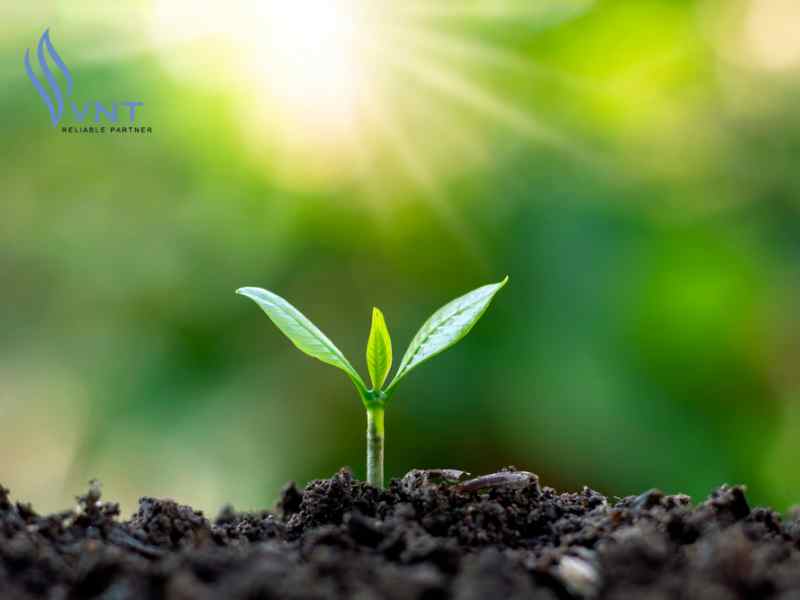
Potassium nitrate for healthier plants
3. Increase crop yield
Sufficient potassium supply helps to obtain the highest yield and the best quality. Therefore, potassium fertilization results in a product of higher value and a greater return on investment for the grower.
Potassium nitrate potassium has a positive effect on the following quality parameters:
˗˗ Fruit size: larger in size and increased uniformity.
˗˗ Fruit appearance: better color and reduced color defects or abnormal signs of mechanical injuries or any signs of disease.
˗˗ Higher nutritional value content of protein, oil, vitamin C, …
˗˗ Sensory properties: enhanced flavor.
˗˗ Longer shelf life.
˗˗ Adequate processing quality for the industry.
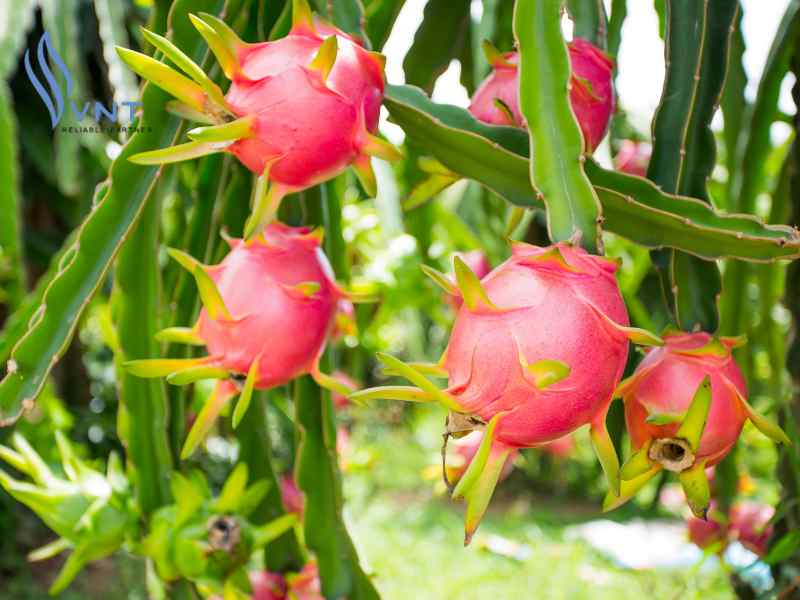
Potassium Nitrate Increases Crop Yields
4. Counteracts Salinity Increases
KNO3 for minimizing Cl uptake. Similarly, KNO3 also counteracts the harmful effects of sodium. Therefore, KNO3 is excellent for use in crops that are less tolerant to salt and poor quality irrigation water.
5. KNO3 Improves Water Use Efficiency of Crops and Saves Water
KNO3 improves plant water management. The potassium in potassium nitrate prevents water loss. Responsible for the opening and closing of stomata, potassium minimizes plant transpiration and reduces its water requirements.
Furthermore, adequate potassium nutrition of the plant enhances its water sourcing efficiency from the soil.
Potassium nitrate prevents salinity build-up. Potassium nitrate eliminates the need for supplemental irrigation to remove salts from the soil
6. Improves soil properties
Increases the pH of the root surface. Root uptake of nitrate causes the release of hydroxyl anions (OH), creating a slightly alkaline environment in the root area, improving the properties of acidic soils.
Potassium nitrate also enhances the availability of phosphorus and micronutrients.
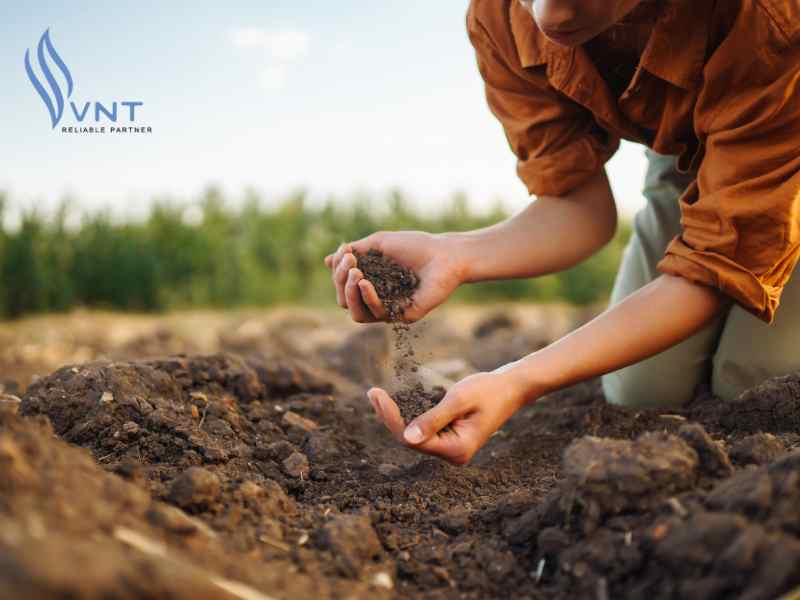
Improve soil properties
7. Potassium nitrate is easy to handle and apply
Potassium nitrate is easily dissolved in water quickly and completely. Especially when the water temperature increases.
KNO3 is not hygroscopic. It can be stored in bags or in large quantities without absorbing moisture that can cause caking and difficult handling.
KNO3 is compatible with other fertilizers. It will not create insoluble precipitates that can clog irrigation or spray nozzles
KNO3 is non-volatile. Unlike ammonium nitrate, potassium nitrate is not volatile, so there is no need to work it into the soil when it is used as fertilizer
How to use KNO3 effectively
˗ Rice, corn, other food crops: mix 80 - 100g / 8 liter tank of water, spray before and after flowering 7 - 10 days, 2 times each time.
˗ Fruit trees: mix 100 – 150g/8 liter tank of water and spray before flowering, when young fruit appears and after harvest to help the tree recover, 2 – 3 times each time, 5-10 days apart.
˗ Industrial trees: mix 80 – 100g/8 liter tank of water and spray before flowering and after fruit appears, 2 – 3 times each time, 10-15 days apart.
˗ Flowers and ornamental plants: mix 25 – 50g/8 liter tank of water and spray evenly 15 – 20 days after planting.
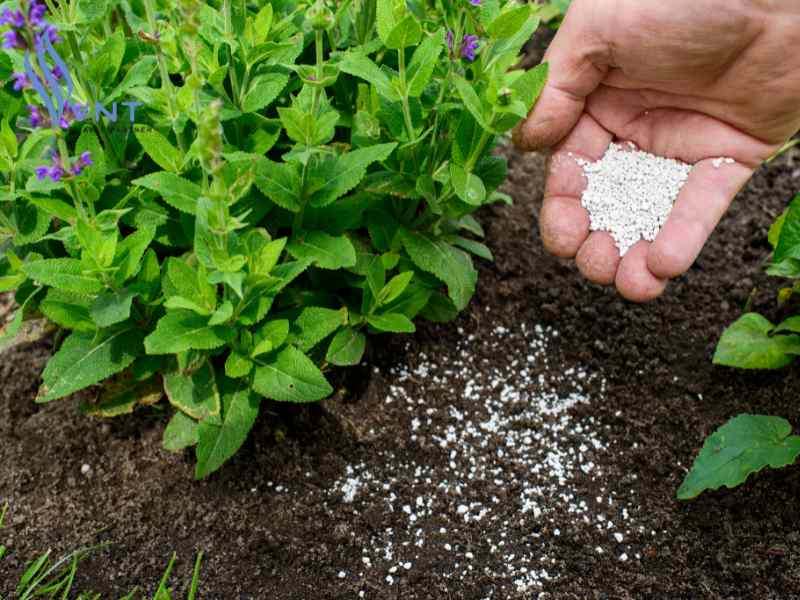
How to use KNO3 effectively
Note
˗ Spray in the early morning or cool afternoon, spray evenly on leaves and branches.
˗ Keep out of reach of children.
The above is detailed information to answer the question "What is Potassium Nitrate" and summarize the applications of Potassium Nitrate in agriculture today. Hopefully the article brings readers the most useful information.
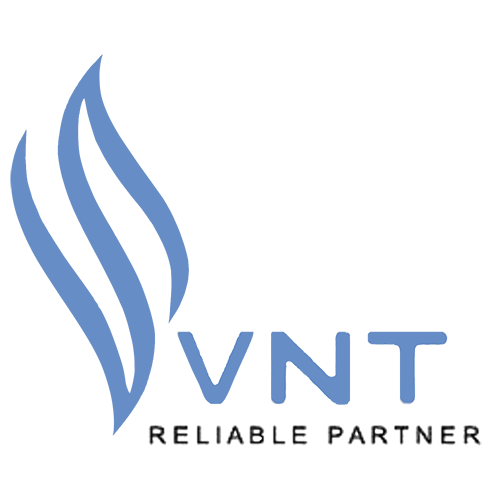


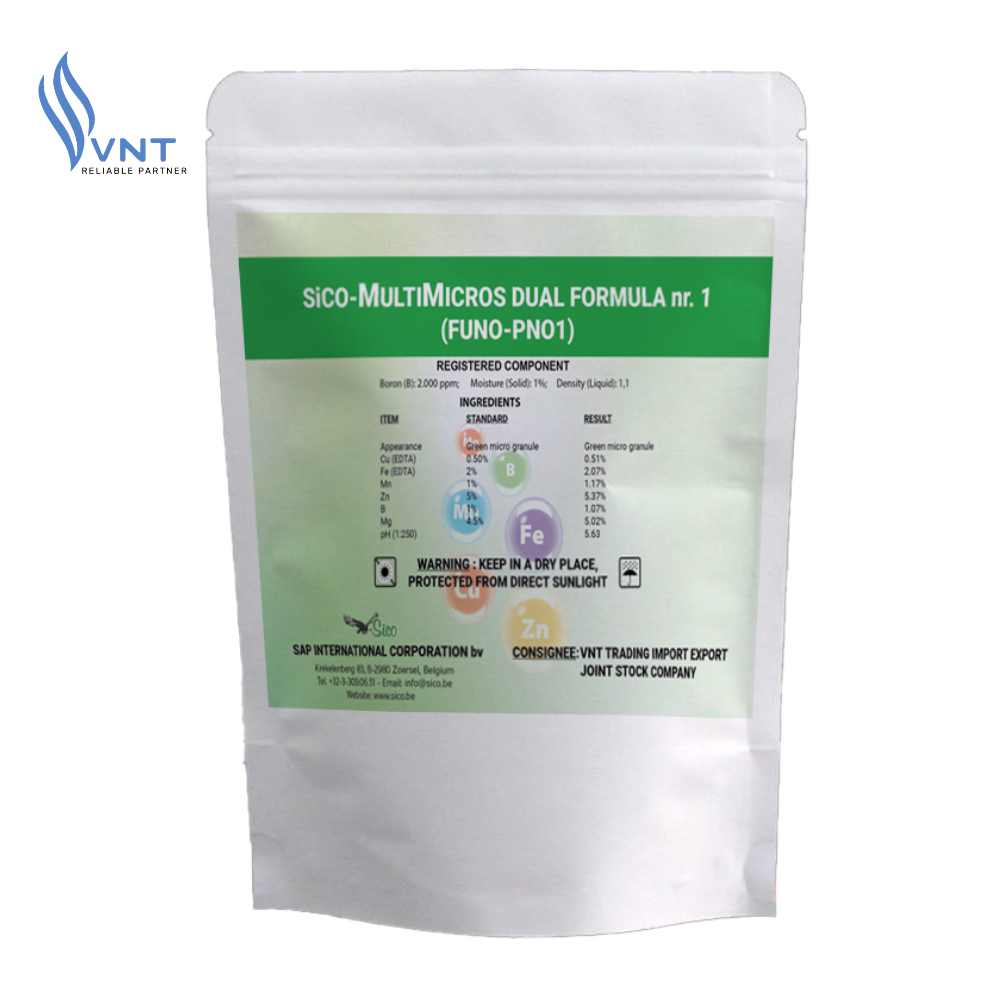
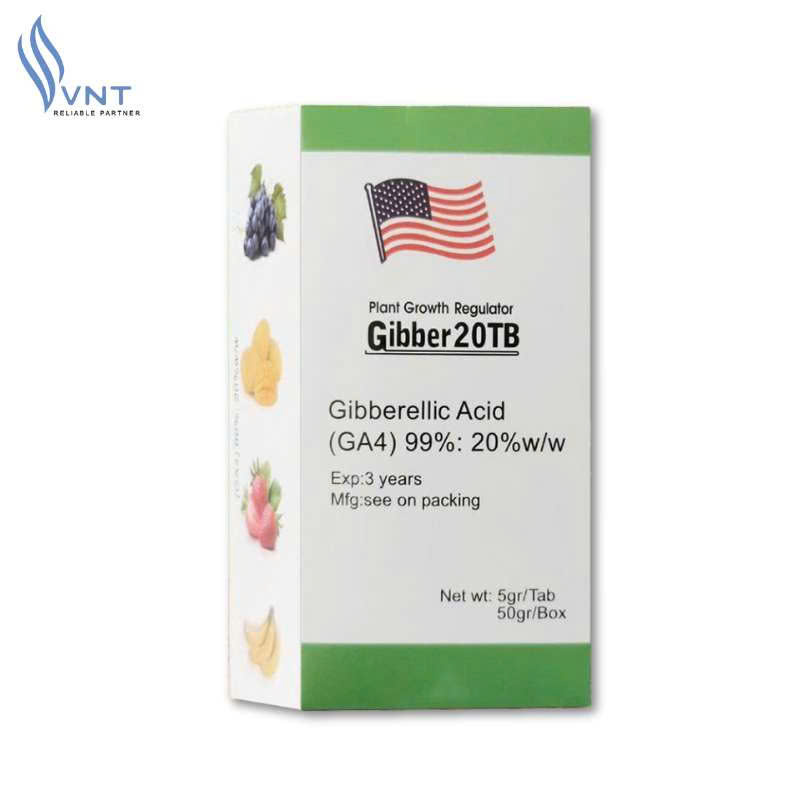

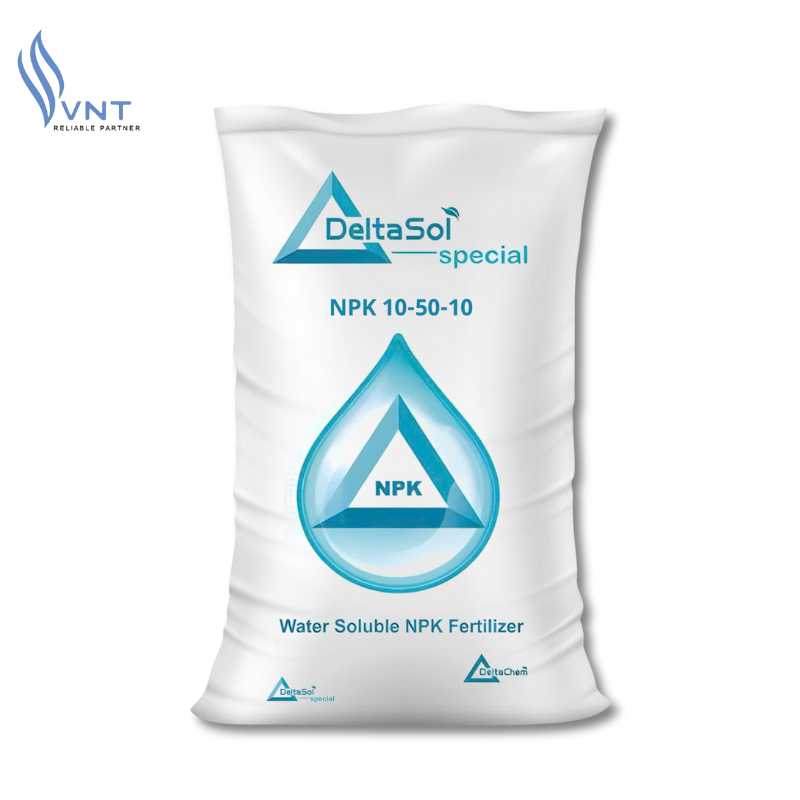
![[Q&A] How Long After Applying NPK Fertilizer Can You Eat Vegetables?](https://vntradimex.com/public/files/news/bon-phan-npk-cho-rau-bao-lau-thi-an-duoc-685e204cde416.jpg)
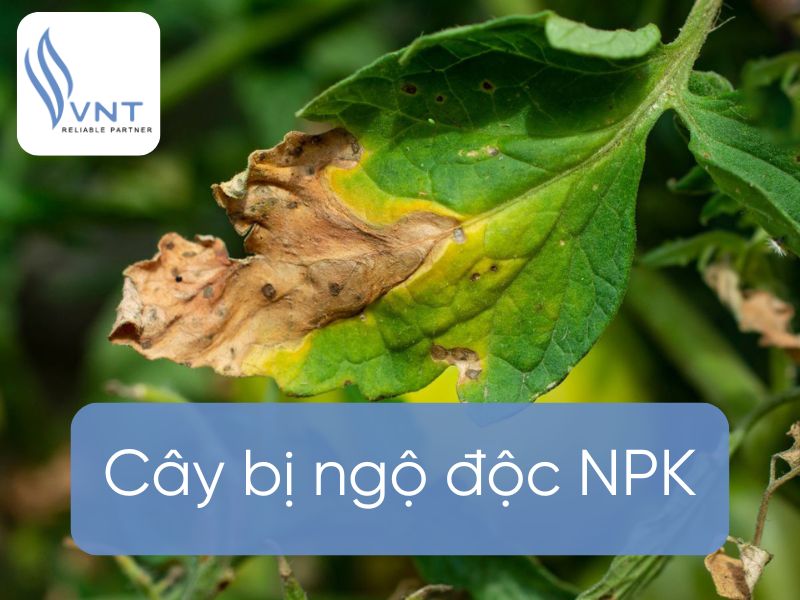
![[SHARE] How to use NPK fertilizer properly that everyone should know!](https://vntradimex.com/public/files/news/cach-dung-phan-bon-npk-dung-cach-682c46ab907d2.jpg)
